Table of content
Introduction
Diabetes Mellitus is one of the most prevailing diseases all over the world. It occurs due to insulin resistance or inadequate insulin production, which develops in the body for numerous reasons. In this disease, the insulin your body produces is insufficient to utilize your blood glucose. High glucose levels can cause numerous symptoms, including fatigue, irritability, and in severe cases, hypoglycemia, which may trigger diabetic shock.
Diabetic patients need appropriate medication to manage their condition. The medicines used by the patients may drop their blood sugar levels to a great extent. Sometimes it may lead to hypoglycemia. Such patients are at high risk of diabetic shock. It is a medical emergency that can be fatal for the patients if it prevails for a longer duration.
What is Diabetic shock?
Diabetic shock, also known as diabetic coma or hypoglycemia, is potentially life-threatening when blood sugar levels drop too low. It is most commonly seen in diabetic patients, particularly those who use insulin therapy or other medications to manage their blood sugar levels.
When blood sugar drops significantly, the body’s organs and cells cannot function correctly. The brain, which relies heavily on glucose, is especially vulnerable.
Common Triggers include:
- Excess insulin or diabetes medications
- Skipping meals or snacks
- Over-exercising without adjusting food or insulin
- Alcohol consumption
- Prolonged fasting or underlying medical condition
A variety of factors can cause diabetic shock. The most common cause of this condition is taking too much insulin or other diabetes medications. Skipping meals or snacks, exercising too much without adjusting medication or food intake, and drinking alcohol can also lead to this medical emergency.
If you are not eating enough food for a long time, you may also experience symptoms and signs of diabetic shock. In some cases, it may also result from an underlying medical condition.
Diabetic Shock Symptoms
Being a medical emergency, insulin shock can come up with severe signs and symptoms. Some of their symptoms turn out to be fatal for diabetic patients.
Here are the most common signs of hypoglycemic shock.
- Mild to severe headache
- Dizziness & confusion
- Irritability & anxiety
- Sweating & shakiness
- Severe hunger
Mild to severe headache
One of the most common symptoms of diabetic shock is a mild to severe headache. The headache can be dull and persistent or sharp and intense. The headache occurs because the brain is not receiving enough glucose, or sugar, its primary energy source.
If left untreated, the headache can progress to more severe symptoms, such as confusion, irritability, and dizziness.
Dizziness & confusion
Individuals experiencing diabetic shock may feel dizzy and confused. These symptoms occur because the brain is not receiving adequate energy sources. As a result, the individual may have difficulty focusing or processing information. If the individual is driving or operating heavy machinery, they may be at risk of causing an accident.
Irritability & anxiety
Another symptom of diabetic shock is irritability and anxiety. These symptoms can be a sign that blood sugar levels are too low. If left untreated, the individual may become increasingly agitated and anxious, which can lead to more severe symptoms.
Sweating & shakiness
Patients experiencing diabetic shock may also sweat excessively and shake. These symptoms occur because the body is responding to low blood sugar levels. The sweating and shaking may be mild initially but can progress to more severe symptoms if not managed appropriately.
Severe hunger
Severe hunger is another symptom that is commonly associated with Insulin shock. The individual may feel as though they have not eaten in days, even recently. This symptom occurs because the body is not receiving enough glucose, its primary energy source.

Complications of Diabetic Shock
If hypoglycemia persists, it can lead to serious complications, including:
- Seizures, jerky movements, & convulsions: Result from insufficient glucose affecting brain function.
- Loss of consciousness: A life-threatening complication requiring immediate medical attention.
- Blurred vision: Caused by inadequate glucose supply affecting eye function; prolonged hypoglycemia may result in permanent vision loss.
- Difficulty in speech: Low glucose affects muscles in the mouth and throat, causing slurred speech or communication issues.
Risk Factors for Diabetic Shock
Several factors increase the risk of insulin shock or hypoglycemia:
Insulin delivery problems: Incorrect dosing or injection sites may trigger diabetic shock.
Illness, trauma, or surgery: Stress on the body can lower blood sugar levels.
Poorly managed diabetes: Uncontrolled blood sugar increases susceptibility to hypoglycemia.
Skipping meals or insulin doses: Intentional or unintentional omission raises the risk.
Alcohol consumption: Interferes with liver glucose release and medication metabolism.
Drug abuse: Substances like cocaine or heroin disrupt blood sugar regulation and worsen diabetes management.
Does diabetic shock cause death?
Diabetic shock is a medical emergency. The symptoms of this condition may progress and gain severity. If left untreated, diabetic shock can cause death. Severe hypoglycemia can cause irreversible brain damage, seizures, and respiratory failure, which can be fatal.
It is important to seek immediate medical attention if experiencing symptoms of a diabetic shock to prevent more severe complications, including death.
How to Manage Diabetic Shock?
Managing diabetic shock, hypoglycemia, or insulin shock is critical to preventing serious complications. Here are some steps to manage diabetic shock
- Check blood Sugar Levels
- Consume fast-acting carbohydrates
- Rest & monitor symptoms
- Seek medical attention
- Prevention
Check Blood Sugar levels
The first step in managing diabetic shock is to check blood sugar levels. If the blood sugar level is below 70 mg/dL, this could indicate hypoglycemia. By monitoring it regularly, you can devise a better plan to optimize your sugar level.
Consume fast-acting carbohydrates
If blood sugar levels are low, consuming fast-acting carbohydrates can help raise blood sugar levels quickly. Examples of fast-acting carbohydrates include fruit juice, soda, candy, or glucose gel.
Rest & monitor symptoms
After consuming fast-acting carbohydrates, it is essential to rest and monitor symptoms. If symptoms improve, monitor blood sugar levels to ensure they stay within a healthy range. If symptoms do not improve, seek medical attention immediately.
Seek medical attention
If symptoms of diabetic shock are severe or do not improve after consuming fast-acting carbohydrates, seek medical attention immediately. Severe hypoglycemia can cause seizures, loss of consciousness, and even death if left untreated. Therefore, you must seek medical help promptly.
Prevention
Preventing diabetic shock is also critical in managing the condition. This can be done by regularly monitoring blood sugar levels, taking prescribed medications, and eating regular meals. Additionally, avoiding skipping meals or snacks and avoiding excessive alcohol consumption can help prevent diabetic shock.
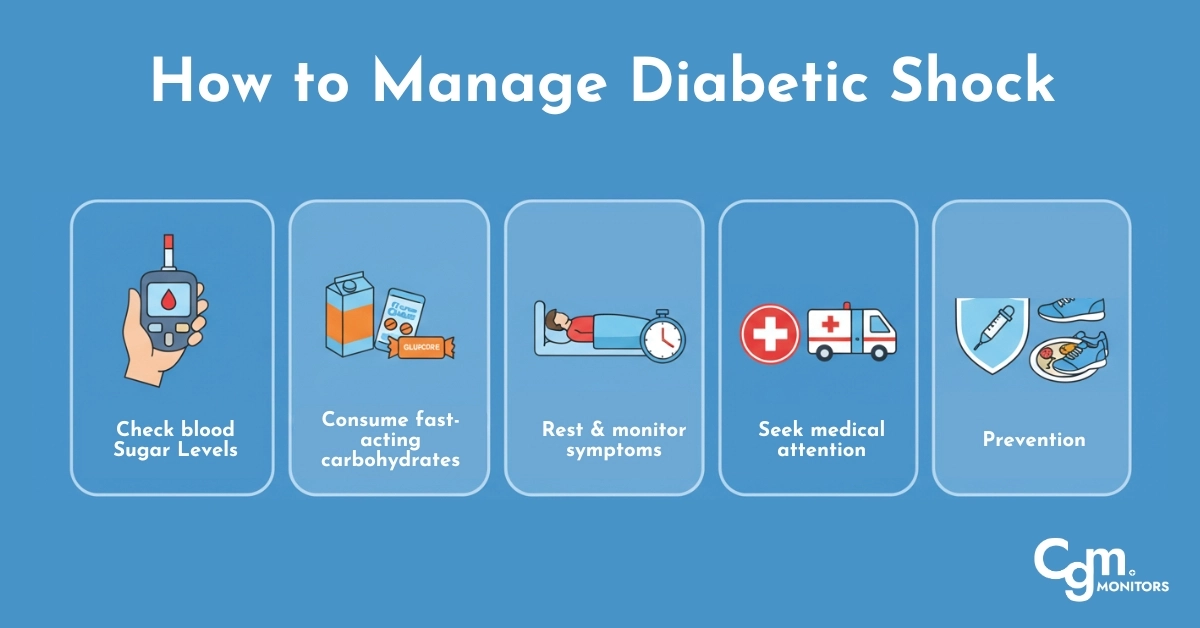
Patient Experiences with Diabetic Shock
Real-world patient experiences highlight the challenges of managing hypoglycemia and diabetic shock:
- Frequency: According to the American Diabetes Association, approximately 1 in 10 insulin-treated diabetic patients experiences severe hypoglycemia annually, which can lead to diabetic shock.
- Symptoms reported: Many patients report sudden dizziness, confusion, sweating, and heart palpitations before realizing they are experiencing insulin shock.
- Impact on daily life: Patients often describe a fear of leaving home or driving due to unexpected hypoglycemic episodes.
- CGM success stories: Individuals using Freestyle Libre 3 Plus or Dexcom G7 report up to a 50% reduction in severe hypoglycemia episodes, thanks to real-time glucose alerts.
- Psychological effects: Continuous risk of hypoglycemia can lead to anxiety and reduced quality of life, emphasizing the importance of patient education and technology adoption.
Including patient perspectives helps illustrate the real dangers and preventive strategies associated with diabetic shock.
Where to Buy?
You can find many platforms to buy your desirable CGM system. Many pharmacies and diabetic shops are supplying Dexcom G7 and Freestyle Libre 3.
However, if you want original devices at affordable rates, go to cgmmonitors.com. On this website, you find the best quality and genuine CGM devices without burdening your pocket.
Conclusion
Diabetic shock is a medical emergency that is primarily caused by severe hypoglycemia. It is more common among diabetic patients because they face marked fluctuations in their blood glucose levels.
It can be caused due to high dosages of insulin or poor diet intake and strenuous exercise. Signs and symptoms of this hazardous condition include; headache, dizziness, anxiety, and blurred vision. If the condition progresses, patients suffer from certain complications, including; loss of consciousness, seizures, and even death.
Prevention is always better than cure in such circumstances. You must monitor your glucose levels constantly to avoid such conditions. If the symptoms appear, take action immediately by consuming significant amounts of Carbs.
CGM devices can be advantageous in managing conditions like a hypoglycemic shock.
Frequently Asked Questions
What is Diabetic Shock?
Diabetic shock is a life-threatening condition caused by low blood sugar levels that can lead to confusion, seizures, unconsciousness, and even death.
What are the Symptoms of Diabetic Shock?
Symptoms of diabetic shock include headaches, dizziness, confusion, irritability, anxiety, sweating, shakiness, and severe hunger.
What are the Complications of Diabetic Shock?
Complications of diabetic shock include seizures, loss of consciousness, blurred vision, and difficulty in speech, which can be permanent if left untreated.
What Causes Diabetic Shock?
Taking too much insulin, skipping meals, exercising too much without adjusting medication, drinking alcohol, and underlying medical conditions can cause diabetic shock.
What are the Risk Factors for Diabetic Shock?
Risk factors for diabetic shock include insulin delivery problems, medication errors, inadequate food intake, and underlying medical conditions such as liver or kidney disease.






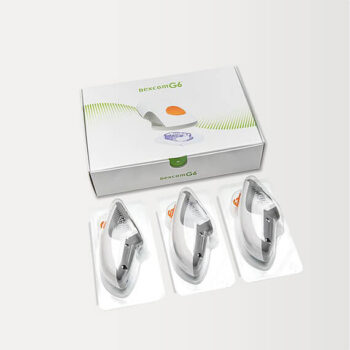

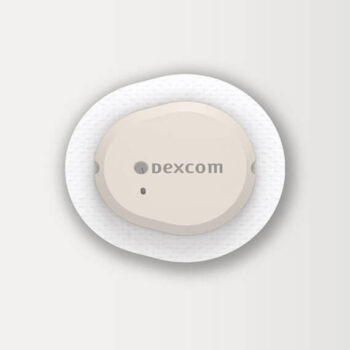
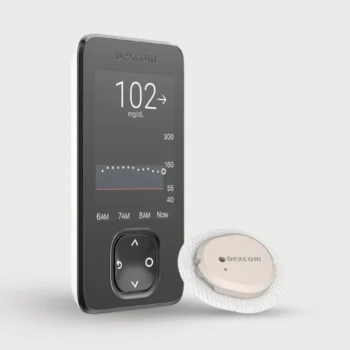



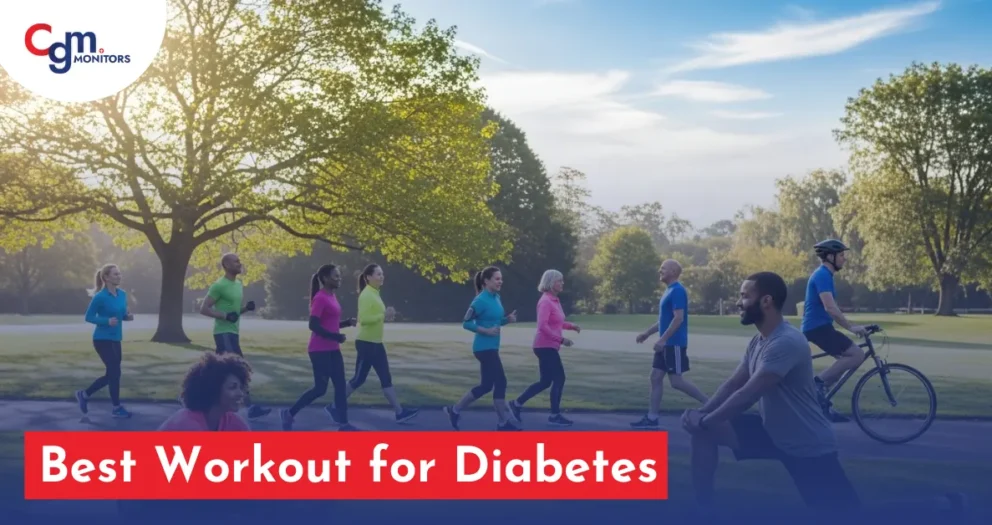
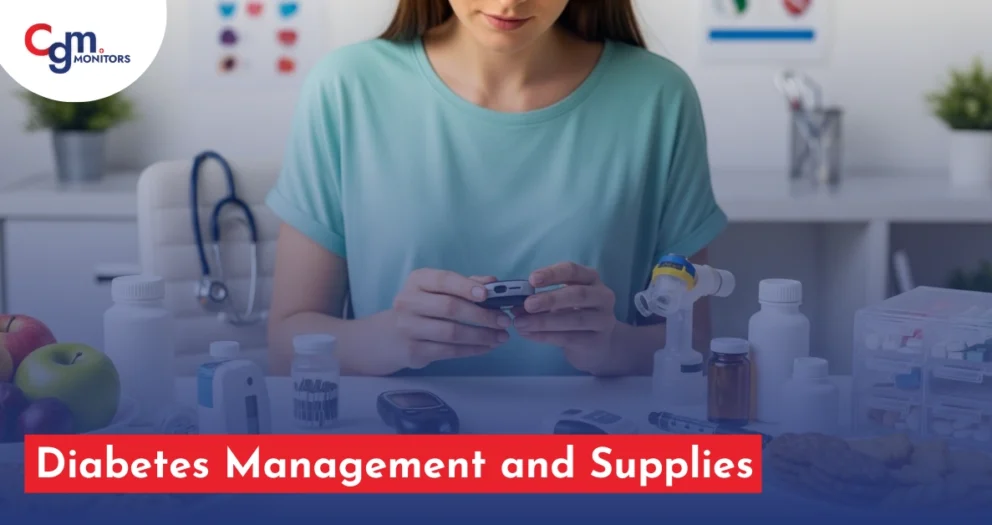
Write a comment
Your email address will not be published. All fields are required